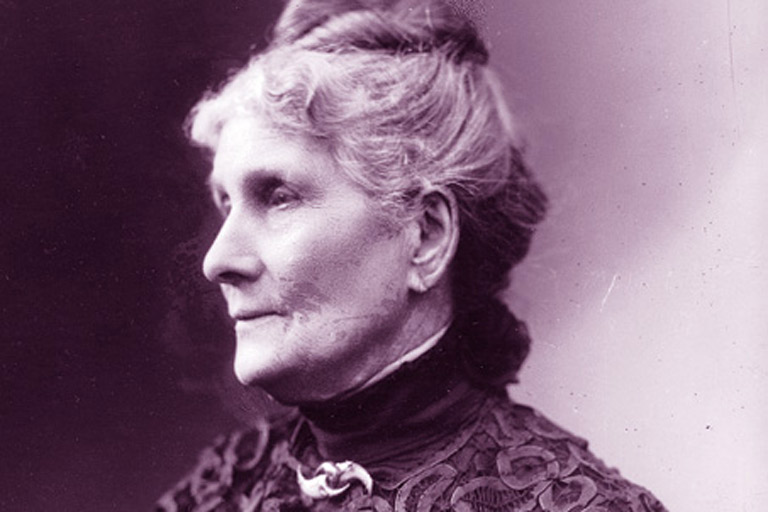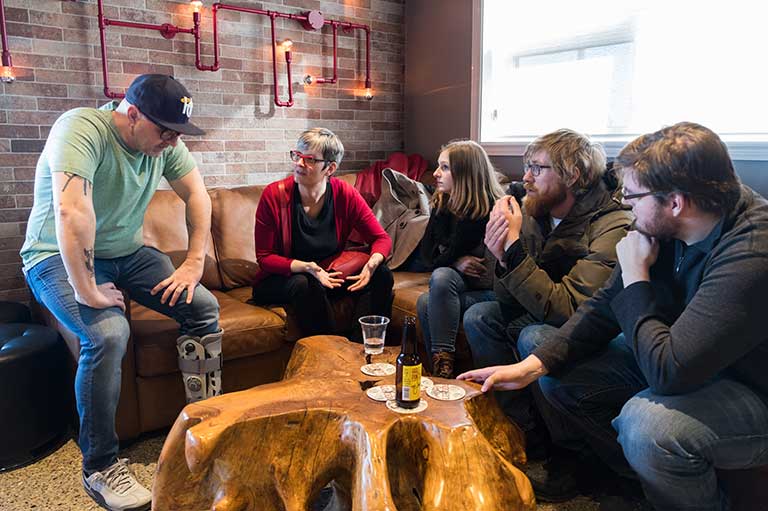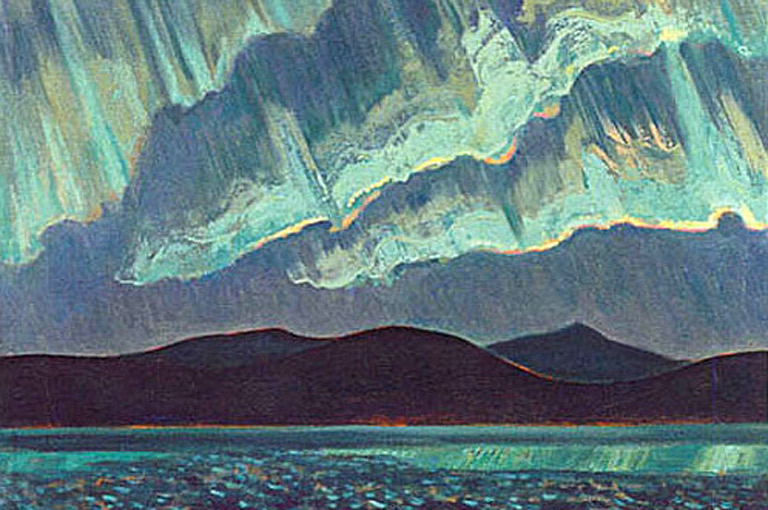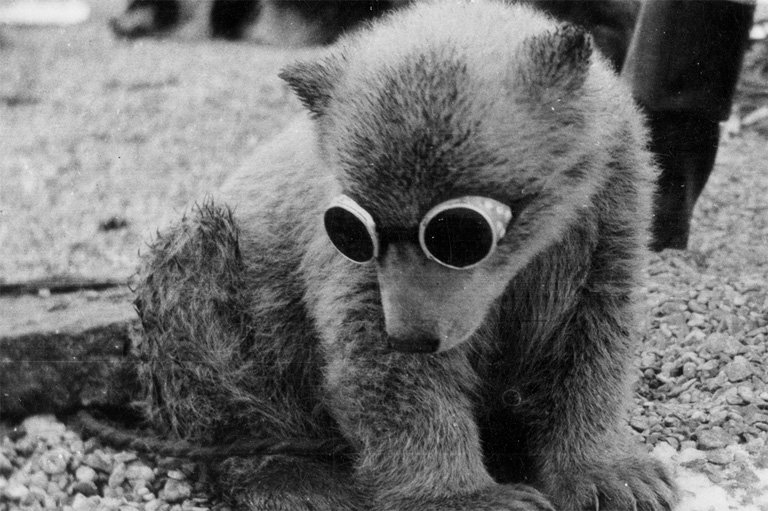Illuminating Liberation
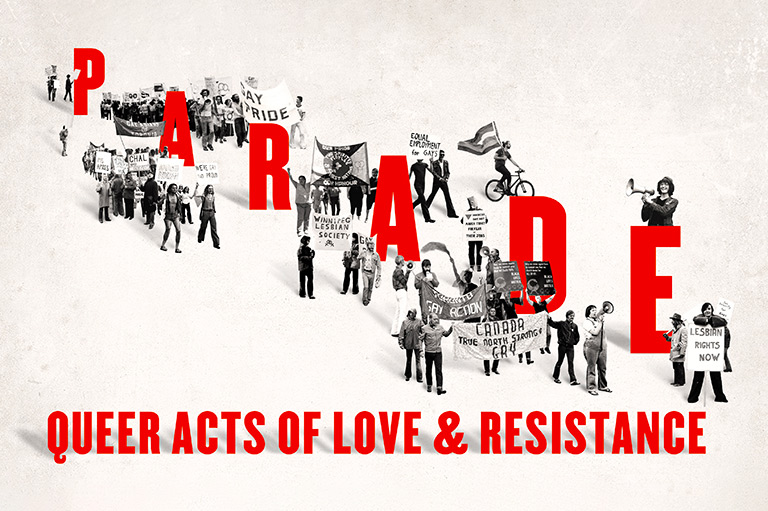
Parade is a powerful documentary about a Canadian social movement that swept gay people into the streets to fight repression. You’ve crafted a film that makes the cause for gay liberation come alive again with stories from the late 1960s and ’70s. Can you discuss your role as writer and director?
I embodied a peacock-capped “majorette” with my baton — debating with my colleagues over which chapters would resonate most with audiences and in what order these scenes would bustle down the timeline of our documentary. Who should speak to what issues. I became a conduit for our film’s 40-plus interviewees so these activists could tell their own stories interwoven with other voices.
Your film is engaging in part because of the flow of black-and-white and colour footage from archival material. Parade seems particularly relevant during the current backlash against queer and trans rights. What was your strategy in representing the backlash in a legacy documentary?
Parade reminds Canadians that the high-water marks we’ve achieved in terms of freedom are diaphanous. History permeates and shifts our present moment. I live across from Manitoba’s legislature, the site of early gay-rights demos during the 1970s. It’s where, in 2024, a queer-led counter-protest against the contemporary rally, an anti-trans conglomeration of religious conservatives, returned to the exact same location on the steps of the legislature. I showed the camera operators the old photos of the same columns and granite steps and the building overflowing with bygone activists in bell-bottoms. The editor framed up the contemporary rally with the archival photos. It made for an effective finale.
With 7 uniquely curated newsletters to choose from, we have something for everyone.
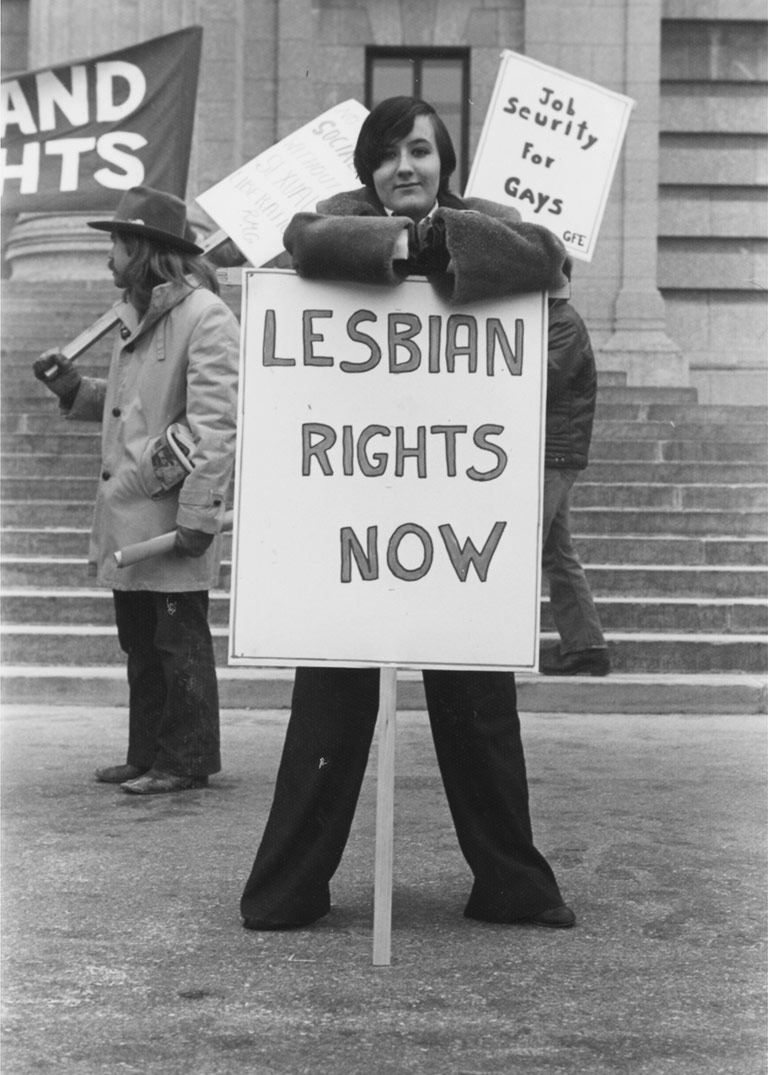
In your dance-film installation, The Regulation of Desire, you’ve used split and juxtaposed large-scale mesh screens to drop the viewer into a series of fractured scenes within dark theatrical sets. The dancers’ expression of queer desire is contained by repressive characters who attempt to block or handcuff the dancers. Intermittently, a pole dancer and a white-veiled body seem to lie outside the fray of repression. Do these figures represent a form of counter to authority?
Those interludes are meant to express sensual desire, which is quizzically often overwritten in projects that take on queer history. The pole dance by Instagram artist Michael Walker is folkloric, in that go-go boys are our contemporary version of maypole dancers, while the classical ballerina Katie Bonnell, a soloist with the Royal Winnipeg Ballet, channels a high femme spirit.
Your films have consistently dealt with pathways to freedom and characters who must get beyond systems of oppression. How do you plan to adapt Brian Drader’s play The Fruit Machine to the screen?
I’m working with my regular stable of stellar performers that go back to 1919 [his 1997 short film about the Winnipeg General Strike, as seen from a bathhouse]. We are interpreting Brian’s play while borrowing liberally from the historic record of Ottawa’s hopelessly failed attempt to stamp out a vibrant and cultured queer underworld in the 1960s. Canada’s history is exciting and sexy and ultimately very entertaining. It’s time to celebrate our own.
Advertisement
We hope you’ll help us continue to share fascinating stories about Canada’s past by making a donation to Canada’s History Society today.
We highlight our nation’s diverse past by telling stories that illuminate the people, places, and events that unite us as Canadians, and by making those stories accessible to everyone through our free online content.
We are a registered charity that depends on contributions from readers like you to share inspiring and informative stories with students and citizens of all ages — award-winning stories written by Canada’s top historians, authors, journalists, and history enthusiasts.
Any amount helps, or better yet, start a monthly donation today. Your support makes all the difference. Thank you!
Themes associated with this article
Advertisement
You might also like...
Save as much as 40% off the cover price! 4 issues per year as low as $29.95. Available in print and digital. Tariff-exempt!






